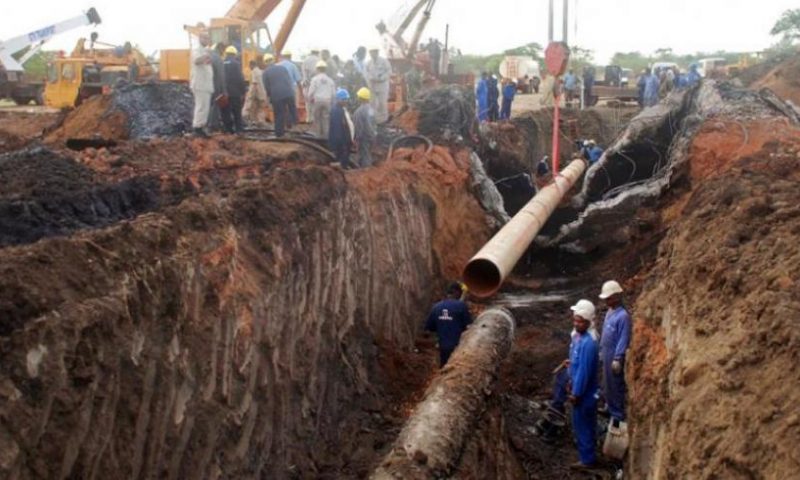By Andrew Irumba
Environmentalists contend that construction of the crude oil pipeline from the Albertine Graben to Tanzania is bound to affect the tourism sector in Uganda because it will destroy sixty-eight heritage and cultural sites.
The oil pipeline will run from Hoima district to the Uganda-Tanzania border but the level of disturbance to the Heritage and cultural sites belonging to Buganda, Bunyoro and Koki Kingdoms will differ, depending on their proximity from the center of the Crude Oil Pipeline track.
The 1,445 Kilometers long East Africa Crude Oil Pipeline will traverse 148 Villages in 24 sub counties in the nine districts of Hoima, Kakumiro, Kyankwanzi, Mubende, Gomba, Sembabule, Lwengo, Rakai and Kyotera.
On each given day, the Pipeline that will need to be kept heated at 50 degrees centigrade for its Uganda’s waxy Crude Oil to keep flowing will transport 216,000 barrels of the crude oil to the Tanzanian port of Tanga for export.
Tullow Oil, Total Exploration and Production, China National Offshore Oil Company (CNOOC), governments of Uganda and that of Tanzania are expected to take the final Investment decisions on the development of the Pipeline when the National Environment Management Authority (NEMA) approves its Environment and Social Impact Assessment (ESIA) report.
The revelation about the sites to be affected was made in the Environment and Social Impacts Assessment (ESIA) report, which singles out Kalyango Cultural Rock, Kyawagonya Cemetery in Lwengo district, Kanga or Rusheshe Cemetery in Kyotera district, Kituntu Cemetery and Katooke in Hoima district as some of the heritage sites that will be affected.
Others sites to be affected are; Nkooko Hill in Kakumiro district, Kalyango, Kikaawe, Buzinga and Kabulasoke Clan graveyards in Mubende district. The construction will also affect Churches, Mosques and family shrines. The ESIA report indicates that three of the heritage sites are lying inside the Crude Oil Pipeline, five in the periphery while 60 others are lying outside the edge of the Pipeline’s right of way.
The sites within the oil pipeline track include Kyawagonya Cemetery in Lwengo district and Kanga / Rusheshe Cemetery in Lwengo and Kyotera districts respectively.
Noor Ssembatya, a councilor at Lwengo district, said “Kywawagonya Cemetery belongs to Buganda Kingdom and is the final resting place of many of its subjects.”
He was however not in position to explain more about the category of people buried there. Some of the Heritage sites are used for marriage ceremonies, celebration of twins, casting demons out of people, rituals and spiritual worship, while others are tourist sites. The affected areas are also habour sacred trees and herbal medicines protected under the United Nations Education, Social and Cultural Organization (UNESCO) instruments as well as Uganda’s legal regime.
The report also notes that “Sensitivity of some of the heritage sites is too high because of the tangible cultural assets in them which have to be destroyed or relocated to another area for the construction of the Crude Oil Pipeline to continue smoothly.”
The sites have been grouped into three categories namely archaeological sites and areas of high archaeological potential and those with strong intangible elements such as cemeteries and royal tomb sites and regalia, religious places where worship associated with the main established religions is practiced in Churches or mosques.
The last Category involves sites with intangible component or traditional values with significance depending on geography, belief and ritual.
“Such sites may be used for music making, dance, storytelling and other rituals. This category may also include rituals that are not linked to any particular site but to a particular group of people” the report states.
The report recommends relocation, avoidance of some of the sites or minimizing damage to them during the construction of the Crude Oil Pipeline and its operation.





